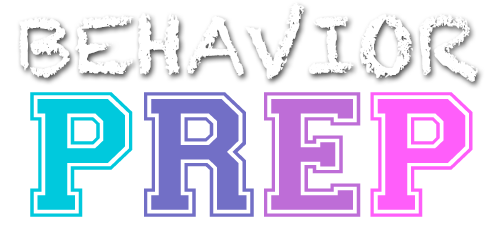B.14 Identify and distinguish between stimulus and response generalization
Generalization
Generalization occurs when a behavior that has been learned in one setting, with specific stimuli, or under specific conditions, is displayed in other settings, with different stimuli, or under different conditions. It involves transferring learned behaviors from one context to another.
Example: A child is taught to tie their shoelaces at home with a specific pair of shoes. The skill of tying shoelaces generalizes when the child can tie their shoelaces with different pairs of shoes, in different rooms, or even outside of the home environment. The behavior of tying shoelaces has generalized across different stimuli and settings.
Stimulus Generalization
Stimulus generalization occurs when a learned behavior is emitted in the presence of stimuli that are similar to the stimulus that was present during the original learning. The behavior generalizes across similar stimuli.
Example: A child is taught to say “dog” when they see a picture of a specific dog breed. Later, the child also says “dog” when they see pictures of different breeds of dogs. The child’s labeling of various breeds as “dog” demonstrates stimulus generalization.
Response Generalization
Response generalization occurs when a behavior that is similar, but not identical, to the originally reinforced behavior is emitted in the presence of the original stimulus. The individual applies different responses that serve the same function.
Example: A child is taught to ask for a drink by saying “water, please.” Later, the child also asks for a drink by saying “can I have water?” or “may I have some water?” Despite being taught only one specific phrase, these different ways of asking for a drink demonstrate response generalization.
